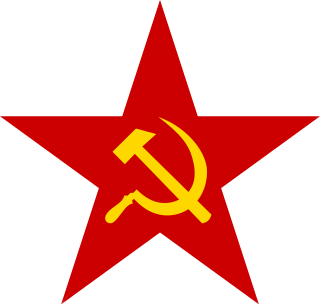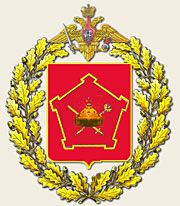The 270th Rifle Division was a Red Army infantry division formed twice during World War II, in 1941 and 1942.
The 316th Rifle Division was formed as a Red Army division during World War II. The division was initially formed in July 1941, renamed the 8th Guards Rifle Division on 18 November 1941. The division was recreated at Vjasniki in July 1942, fought in the early battles around Stalingrad and was disbanded in November 1942. The division was recreated for the third time from the 57th and 131st Rifle Brigades in September 1943. The division ended the war assigned to the 27th Army of the 3rd Ukrainian Front.

The 279th Rifle Division was an infantry division of the Soviet Union's Red Army during World War II, formed twice.
The 146th Rifle Division was formed for the first time as a standard Red Army rifle division in mid-1939, as part of a major build-up of the Army prior to the start of World War II. After the start of the German invasion in 1941 it defended the approaches to Kiev for several months until being surrounded and destroyed in September. A second formation began in January 1942, and the new division spent the following year on a relatively quiet sector before joining the offensives that would drive the German invaders from north-central Russia, Lithuania, and Poland. The 146th ended the war fighting in the streets of Berlin, after compiling an enviable record of service, and saw postwar duty in the Group of Soviet Forces in Germany.
The 288th Rifle Division was an infantry division of the Soviet Union's Red Army during World War II. Formed in the summer of 1941, the division was sent into combat on the Volkhov Front in the fall of that year. The division served in the area until early 1944 when the Siege of Leningrad was ended and the 288th advanced into the Baltic states. The division spent the final months of the war blockading trapped German troops in the Courland Pocket before being disbanded in early 1946.
The 283rd Rifle Division was an infantry division of the Soviet Union's Red Army during World War II. Formed in the summer of 1941, the division fought in the Battle of Moscow, the Battle of Kursk, the Battle of Smolensk and the Battle of Berlin. The 283rd was disbanded in 1946, after the end of the war.
The 280th Rifle Division was an infantry division of the Soviet Union's Red Army during World War II, formed twice. It was first formed in the summer of 1941 and destroyed in the Bryansk pocket in the fall of 1941. The division was reformed in late December, and served throughout the war before being disbanded in 1946.
The 290th Rifle Division was an infantry division of the Soviet Union's Red Army during World War II.
The 291st Rifle Division was an infantry division of the Soviet Union's Red Army during World War II. Formed in the summer of 1941, the 290th fought in the Siege of Leningrad until its end in January 1944, and then in the Baltic states, Poland, Germany, and Czechoslovakia before being disbanded after the end of the war in the summer of 1945.
The 292nd Rifle Division was an infantry division of the Soviet Union's Red Army during World War II, formed three times.
The 296th Rifle Division was an infantry division of the Soviet Union's Red Army during World War II, formed twice. Its first formation was formed in the summer of 1941 and destroyed during Case Blue, the German summer offensive in the North Caucasus, in 1942. Reformed in the summer of 1943 in Georgia, the division's second formation never saw combat and was disbanded in 1946.
The 299th Rifle Division was an infantry division of the Soviet Union's Red Army during World War II, formed twice.
The 278th Rifle Division was an infantry division of the Soviet Union's Red Army during World War II, formed three times.
The 277th Rifle Division was an infantry division of the Soviet Union's Red Army and later the Soviet Army, formed twice.
The 273rd Rifle Division was an infantry division of the Soviet Union's Red Army during World War II, formed twice.
The 271st Rifle Division was an infantry division of the Soviet Union's Red Army during World War II.
The 269th Rifle Division was an infantry division of the Soviet Union's Red Army during World War II.
The 268th Rifle Division was an infantry division of the Soviet Union's Red Army during World War II.
The 267th Rifle Division was an infantry division of the Soviet Union's Red Army during World War II.
The 365th Rifle Division began forming on September 1, 1941, as a standard Red Army rifle division, in the Sverdlovsk Oblast. After forming, it was assigned to the 30th Army of Western Front, served briefly in the defense of Moscow, and played a role in the liberation of Klin, and later in the near-encirclement of the German 9th Army around Rzhev in the winter counteroffensive of 1941-42. In late January, 1942, it was transferred to the 29th Army of Kalinin Front, which was very soon after encircled by German forces near Sychevka, and on March 18 the division was disbanded due to very heavy losses. In November, 1944, a new 365th Rifle Division was formed in the Far Eastern Front, based on the 29th Rifle Brigade, and saw action in the Soviet invasion of Manchuria in August, 1945, being awarded the Order of the Red Banner for its services.








